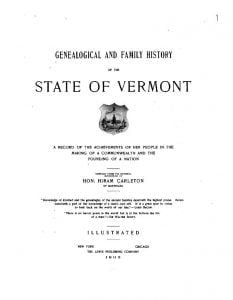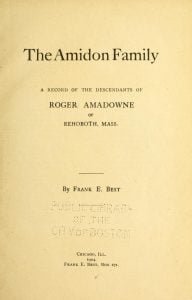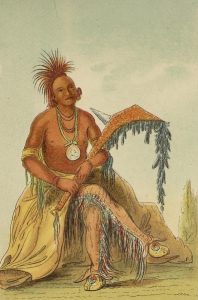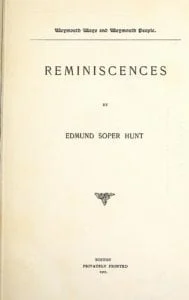Curtis Family of Norwich Vermont
Simeon Curtis came to Norwich from Lebanon, Connecticut, as early as the year 1773, in which year he was elected one of the town assessors, and located near the south line of the town, on the farm where Henry S. Goddard now lives. Mr. Curtis died in 1779 at the age of fifty-eight years, and his grave is found in the old cemetery at Norwich village among the graves of other early settlers and near that of his gifted son, Abel Curtis, who survived his father only four years. But little is now known of the Curtis family, as its … Read more











